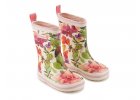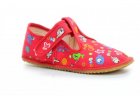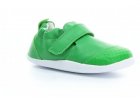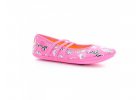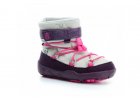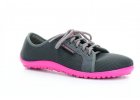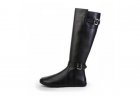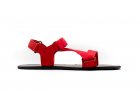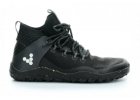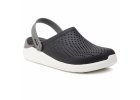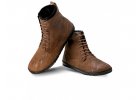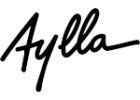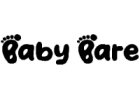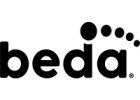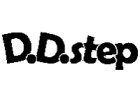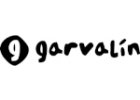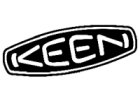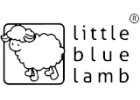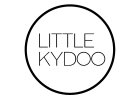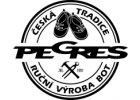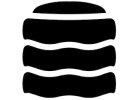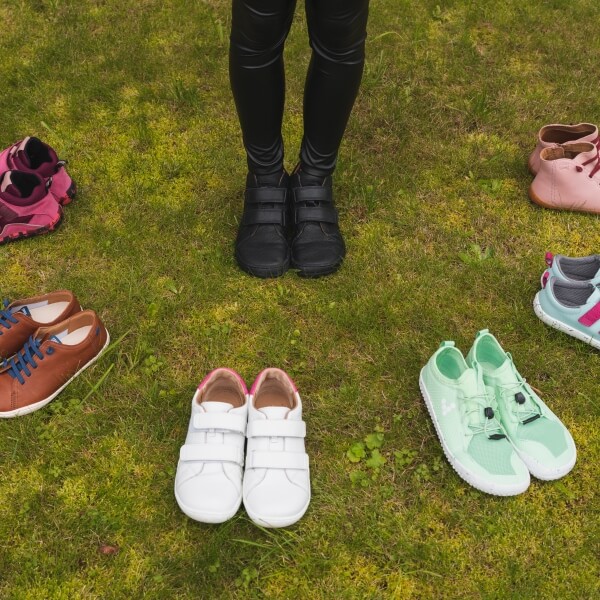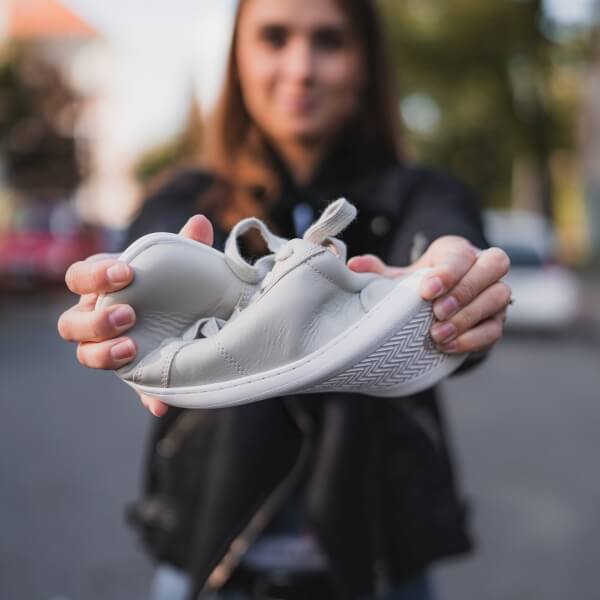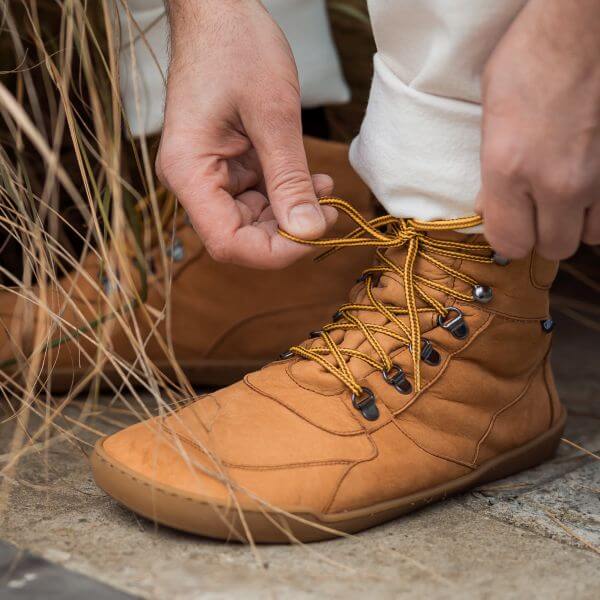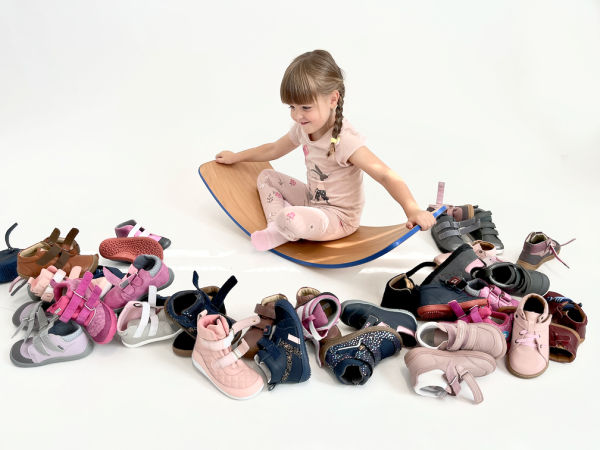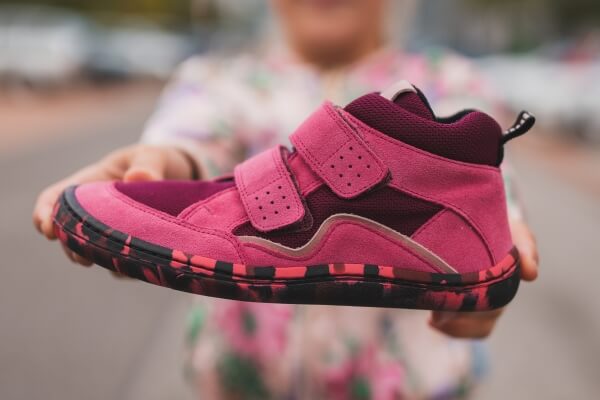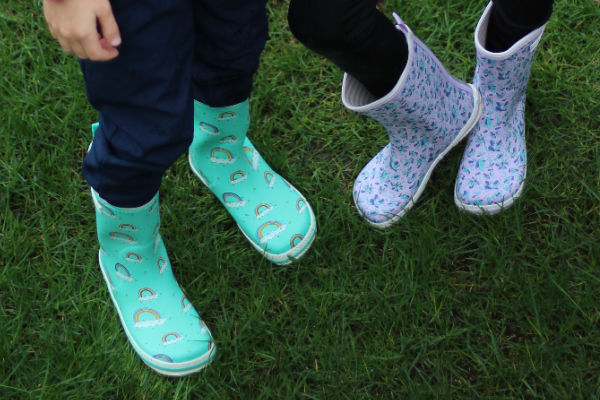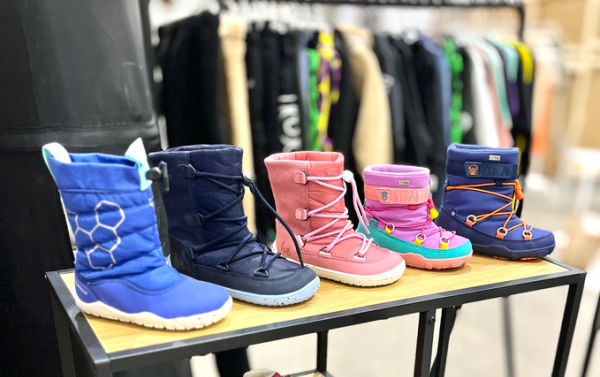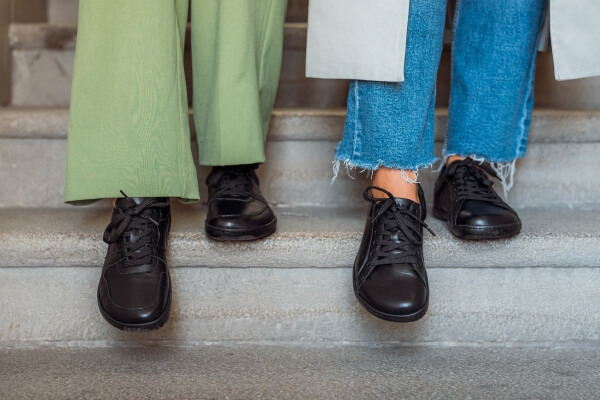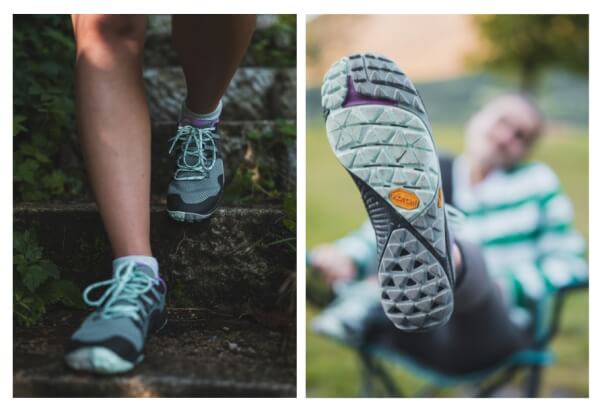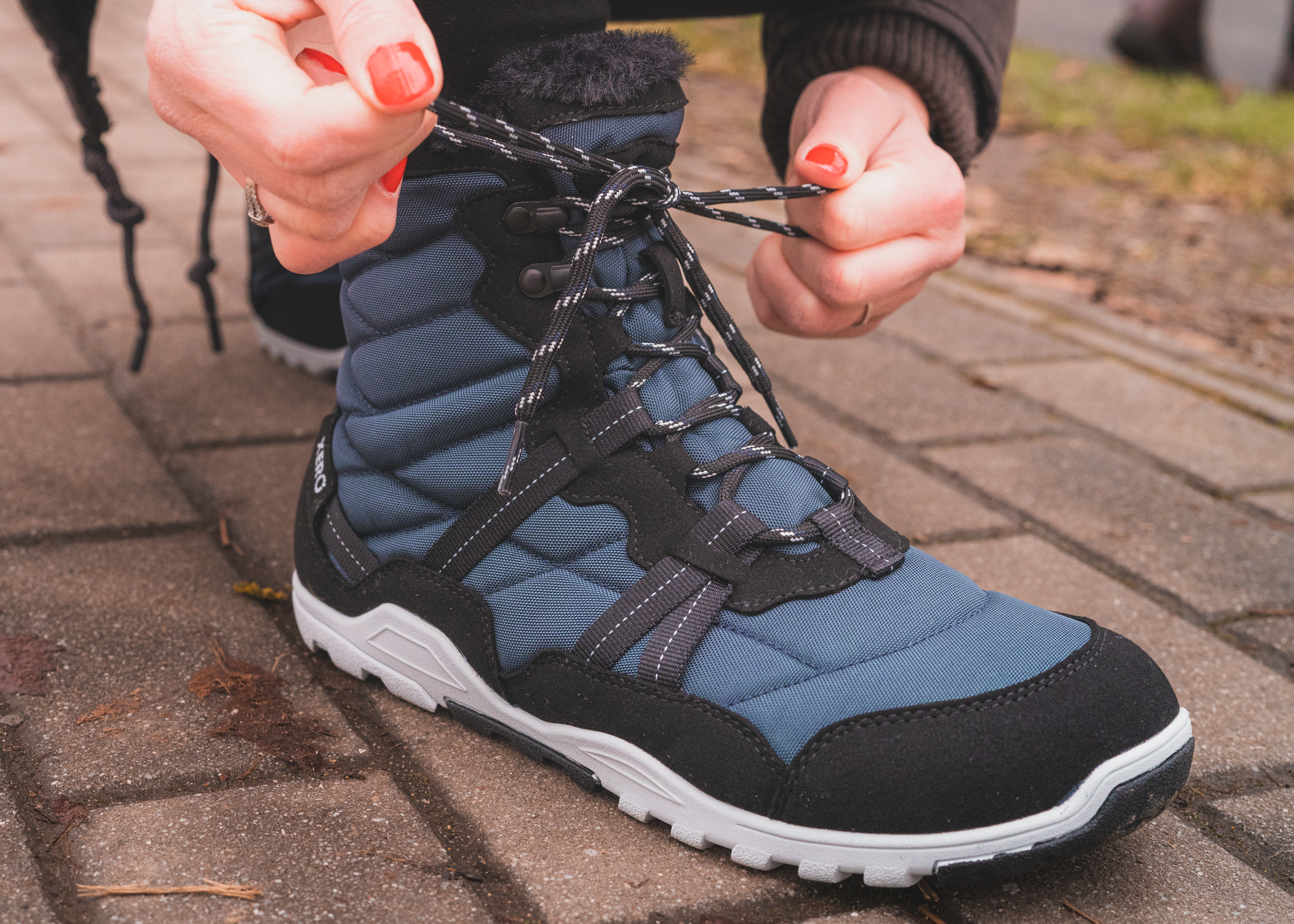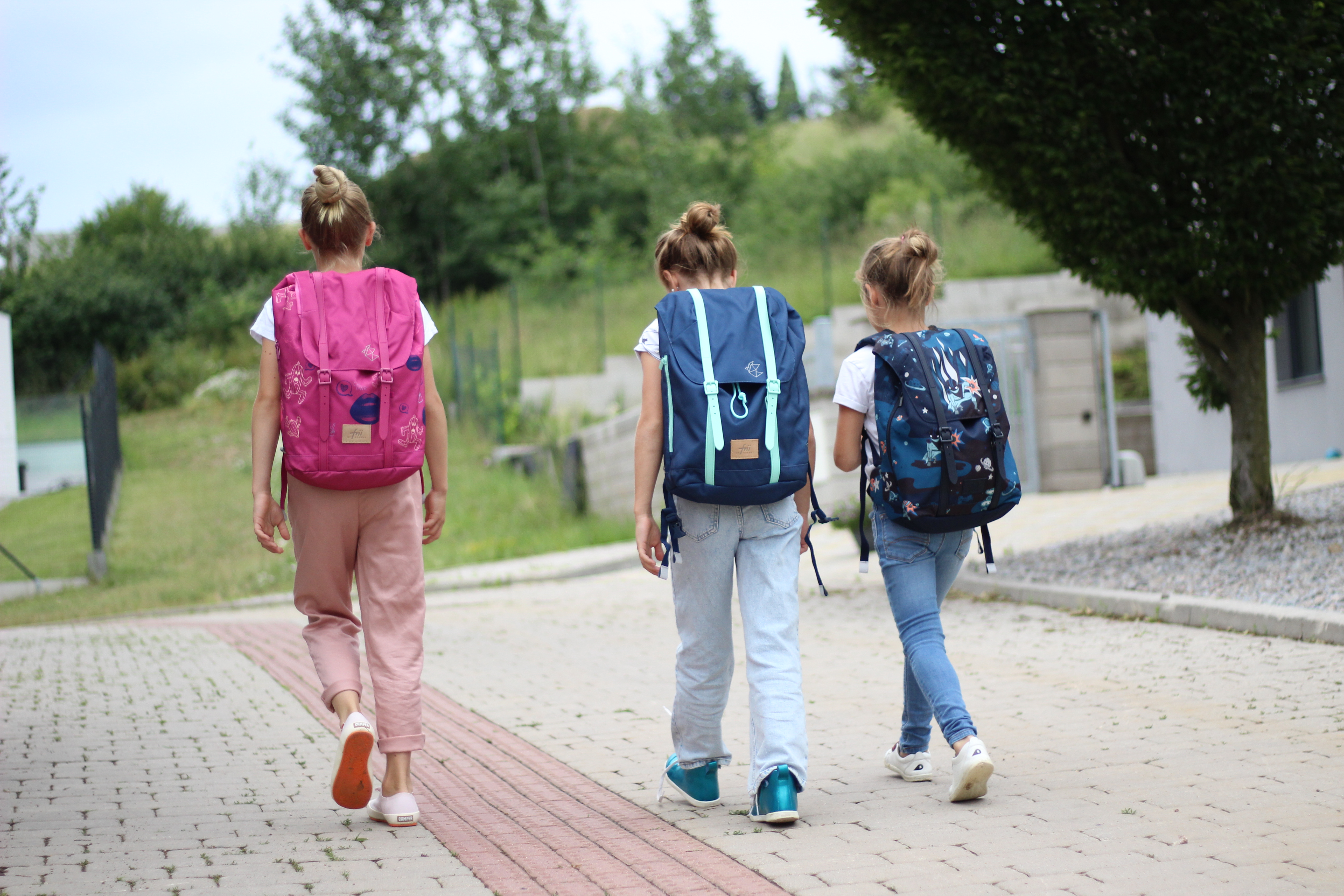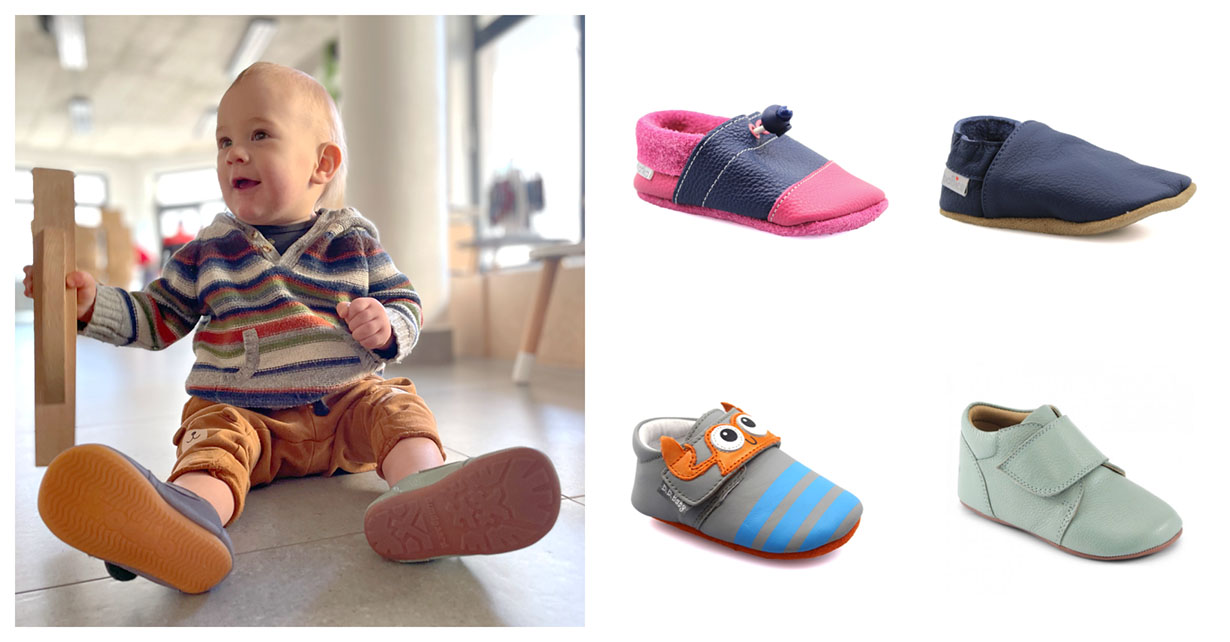Are you choosing slippers for kindergarten or for school? Keep their health in mind and respect the natural development of the foot.
Content of the article
- What kind of slippers for kindergarten (school)?
- Why choose barefoot slippers for children?
- How to choose slippers?
- Choosing slippers - questions and answers
What kind of slippers for kindergarten (school)?
According to physiotherapist Vendula Jelínková from the clinic of holistic therapy and sports VO2MAX, the ideal slippers should be especially:
- light
- flexible in all directions
- with plenty of room in the finger area
- with soft sole
- without moulded insole
- no raised heel or toe (zero drop)
She further recommends:
- good tightening so that the foot does not slip in the slippers (the right slipper sticks to the foot and does not slip)
- take into account the shape of the foot (width of the toe, width of the heel, height of the instep, etc.)
- get a sufficient size for the natural movement and growth of the foot
- to walk barefoot where the environment allows (at home, in kindergarten), but also to use sensomotoric aids to simulate rough terrain
Why choose barefoot slippers for children?
Barefoot slippers are designed to respect the natural needs of children's feet:
- wide toe section gives the toes enough room for fan-shaped weight distribution across the width, better support and more active stride unwinding during walking
- the flat sole uses equally the three main support points, so that the centre of gravity is not shifted out of position and joints and tendons are not overloaded
- flexible design allows the foot to react to the environment, receiving valuable nerve impulses, developing the children's brain
- the light weight allows children to wear the slippers all day long without increasing foot fatigue
The children's skeleton is still being formed, during the preschool age. Therefore, they need to maintain healthy movement habits in order to anchor the skeleton in the right position and prevent possible health problems in adulthood.
How to choose slippers?
The general rules from the article How to choose shoes also apply to the slippers. In short:
- Carefully measure the children's foot size, do not forget to add an oversize of 10-12 mm
- Filter the desired inner length of slippers in the Children's house slippers section
- To choose the right brand, read the comparative review of slippers and consider your child's foot type
- Let your child choose the design from suitable models, which he/she likes the most
If you need help for choosing slippers, don't hesitate to contact our customer support.
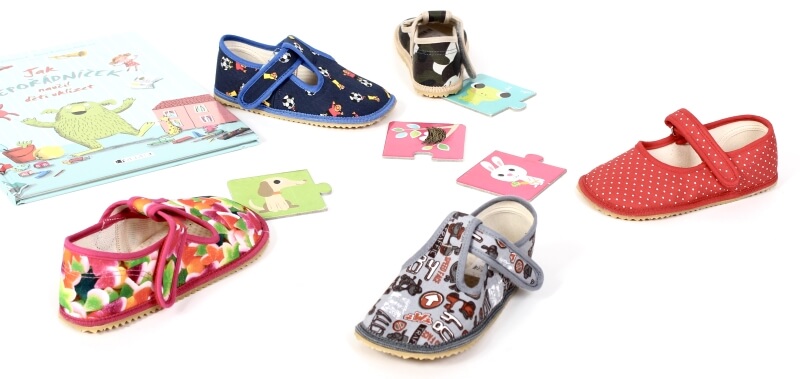
Choosing slippers - questions and answers
Can a child wear slippers instead of house slippers?
Not recommended. Most of kindergartens require the wearing of house slippers with a firm heel, because with a loose (open) heel the shoes do not stay on the foot and the child develops unhealthy movement patterns. If older schoolchildren (teenagers) require stylish slippers so as not to be ridiculed in a group with slippers for kids, it is better to get slippers with a strap fastening at the heel (e.g. Crocs) or breathable sneakers (which can be worn as slippers).
What are fixed heel slippers?
Parents, look out! The term "firm heel" for kindergarten slippers does not mean "hard", "inflexible" or "heeled". The requirement for a firm heel refers to shoes that are not slippers, so they hold behind the heel, in the form of a full space or gripping strap. Children, on the other hand (unless they suffer from hypermobility), need a soft and flexible slipper without a heel.
Where to get house slippers for a hypermobile child?
If hypermobility is suspected, have a doctor recommend you a suitable shoe. A hypermobile child needs slippers to keep his foot in the correct position. For minor forms of hypermobility, slippers with a fixed counter, which is a reinforced back partition, should be sufficient.
Can toddler shoes be used as house slippers?
Definitely for kindergarten, but not for school. Toddler shoes are slippers with softer soles, so if the surface in the kindergarten is carpeted, children may do better with more flexible toddler shoes on their feet. On the other hand, choose standard slippers for walking on cobbled school corridors.
What kind of house slippers to wear in winter?
Because children always wear slippers indoors, it doesn't matter what time of year it is, kindergartens and schools manage to keep the rooms sufficiently warm. However, if the floor should get cold, it's a good idea to reach for fully enclosed slippers. Open slippers (with holes in the upper of the shoe) allow the foot to ventilate better, which is useful for active movement, but get closed ones for long hours sitting in a desk, or give your child thicker socks during winter.
How many pairs of house slippers to get?
If you don't need house slippers in multiple locations, or you don't want to match your kids' outfits, a single pair of slippers will be sufficient. On the other hand, children's feet are growing, so be sure to measure the length of their feet regularly to see if they need new ones (if there's less than 5mm of space left in the slippers). Preschoolers and smaller school children usually change between two sizes of slippers in one school year.
Are second-hand house slippers suitable?
Buying second-hand slippers may save your wallet, but every foot is different and the previous owner may have made a completely different footprint, that will take your child's foot out of the optimal position. If you buy slippers from a second-hand store, check first they are not scuffed or otherwise damaged, ideally buying slippers in new condition. Also check the hygienic condition of the slippers (especially if they have been stored somewhere for a long time). The same rules apply to inheriting shoes from family or friends.



